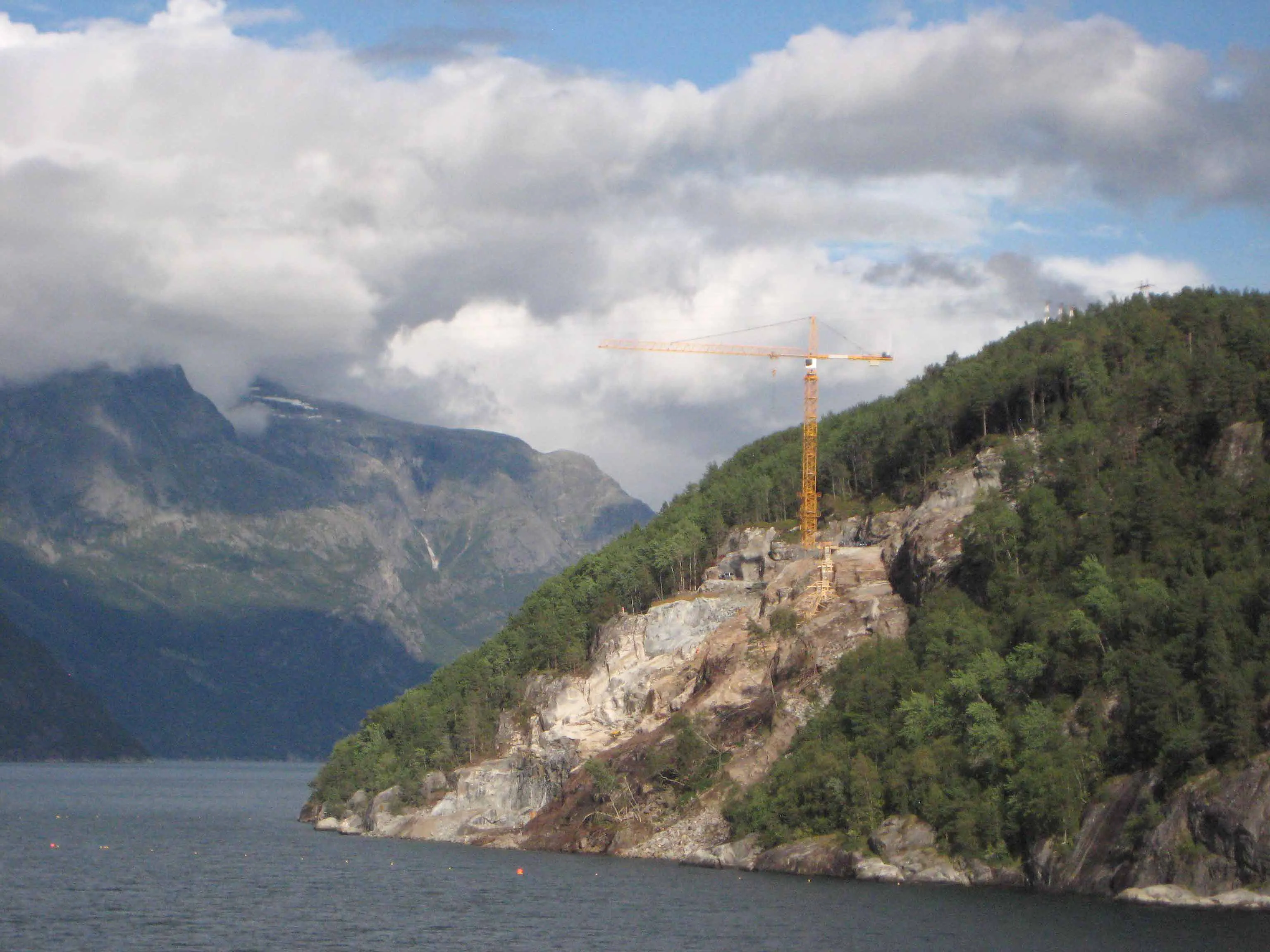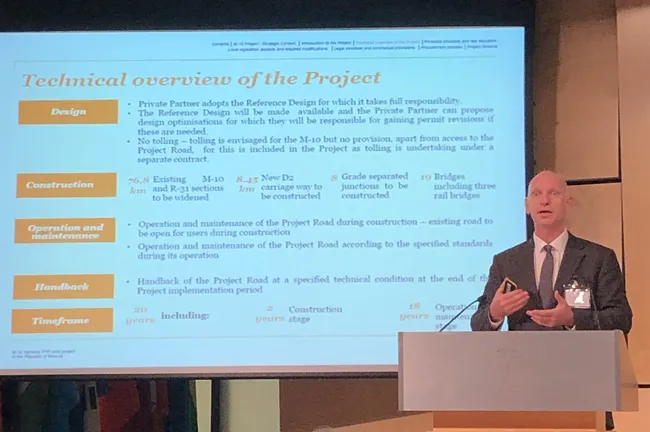The World Bank is reducing its financing of projects in Ukraine until 2016.
The new cooperation strategy between the bank and the country's government follows a drop in financing through slow spending loans extended by the bank to the country.
The bank will provide US$150million for the Second Project for Exports Development in 2012. And Ukraine can also receive $1billion in 2013–2014, but both financing packages depend on development of economic reforms in the country during the following two years.
The
June 14, 2012
Read time: 2 mins
The 2332 World Bank is reducing its financing of projects in Ukraine until 2016.
The new cooperation strategy between the bank and the country's government follows a drop in financing through slow spending loans extended by the bank to the country.
The bank will provide US$150million for the Second Project for Exports Development in 2012. And Ukraine can also receive $1billion in 2013–2014, but both financing packages depend on development of economic reforms in the country during the following two years.
The list of the World Bank's new financing programmes in Ukraine also includes the second project for motor road development and traffic safety; the centralised heating project; improving efficiency and upgrading the gas sector ($200-300million); the second project for electric power transmission ($200million); the second project for city infrastructure development ($200million),, and the project for the state statistical system development ($10million).
Meanwhile, in Zaporizhya, the industrial metropolis in Ukraine’s south-east, a cable-stayed bridge over Dnieper River is under construction with formwork from203 Doka.
The multi-lane bridge is being built alongside an older viaduct and the two separate roadway slabs are cable-stayed off twin H-shaped suspension towers 150m-high.
Contractors Mostobud expect the bridge to be completed by 2013.
The new cooperation strategy between the bank and the country's government follows a drop in financing through slow spending loans extended by the bank to the country.
The bank will provide US$150million for the Second Project for Exports Development in 2012. And Ukraine can also receive $1billion in 2013–2014, but both financing packages depend on development of economic reforms in the country during the following two years.
The list of the World Bank's new financing programmes in Ukraine also includes the second project for motor road development and traffic safety; the centralised heating project; improving efficiency and upgrading the gas sector ($200-300million); the second project for electric power transmission ($200million); the second project for city infrastructure development ($200million),, and the project for the state statistical system development ($10million).
Meanwhile, in Zaporizhya, the industrial metropolis in Ukraine’s south-east, a cable-stayed bridge over Dnieper River is under construction with formwork from
The multi-lane bridge is being built alongside an older viaduct and the two separate roadway slabs are cable-stayed off twin H-shaped suspension towers 150m-high.
Contractors Mostobud expect the bridge to be completed by 2013.








